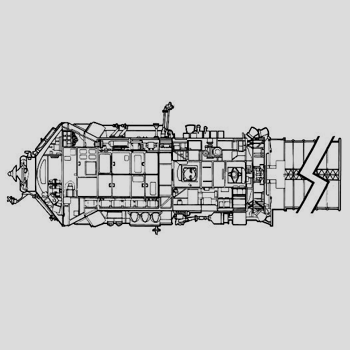How do you write #5 3/4 -:23# as a fraction and as a decimal number?
2 Answers
Explanation:
There are five whole numbers each whole number can be divided into 4 fourths. Multiply 5 x 4 = 20 fourths
Now add the 20 fourths to the 3 fourths in the mixed number.
The denominator of the fraction is
so as a fraction
1/4 as the simplified fraction.
1/4 as a decimal is 0.25
Explanation:
First, you must simplify the expression. Remember that to multiply or divide fractions, mixed numbers must be written as improper fractions and whole numbers must be written in fraction form.
So,
The process for dividing two fractions is to keep the first fraction exactly as it is, change the operation from division to multiplication, and use the reciprocal of the second fraction.
To find the decimal form of a fraction, divide the numerator by the denominator.
So, the fraction and decimal forms of the expression are

